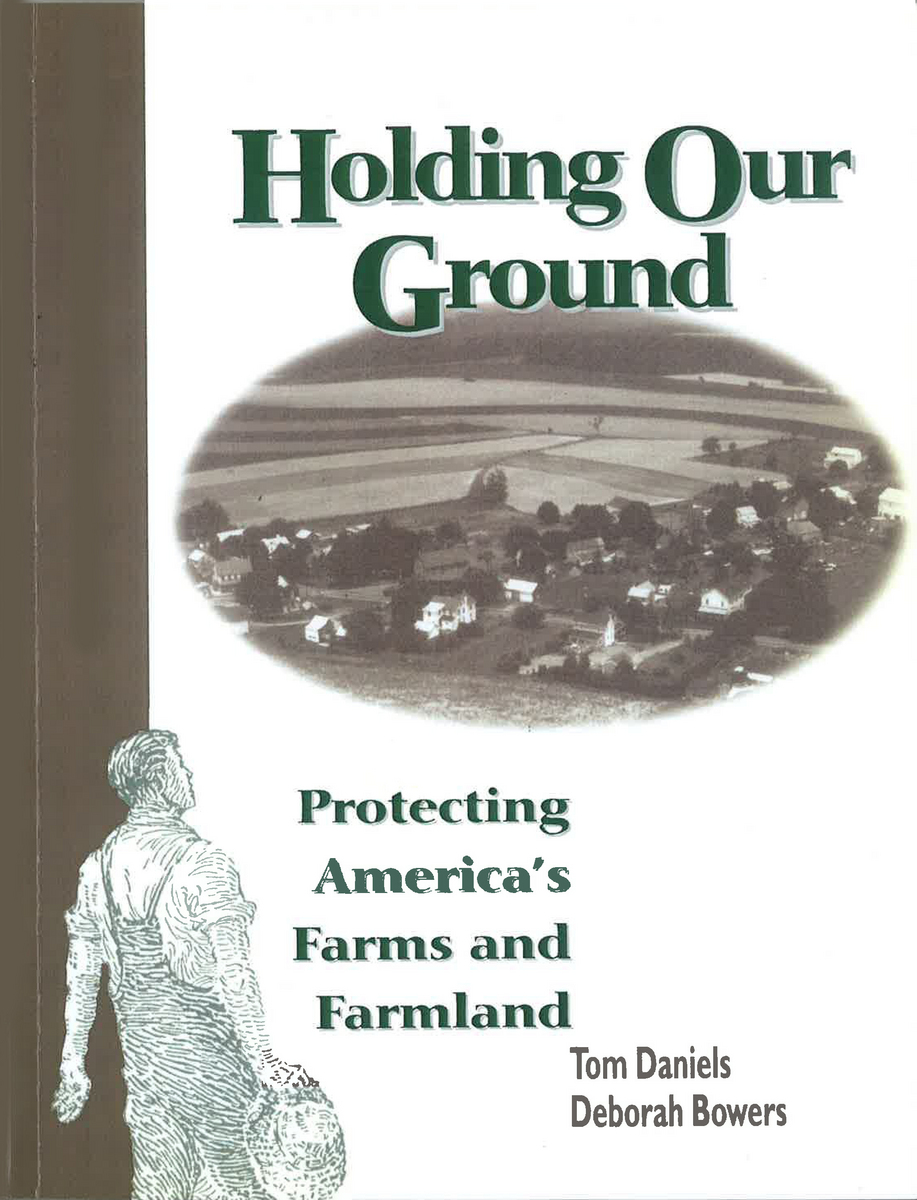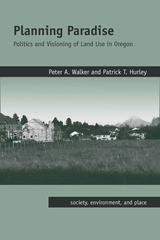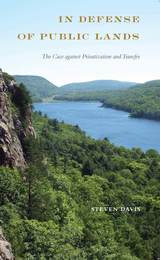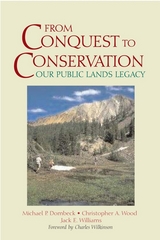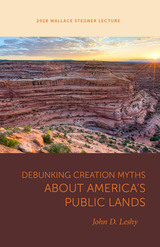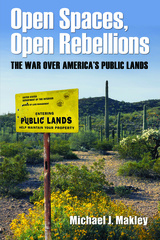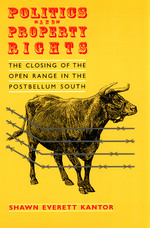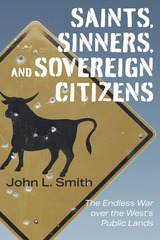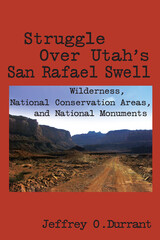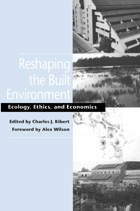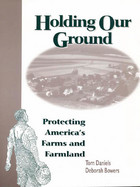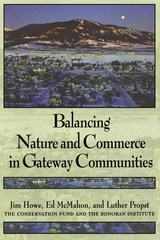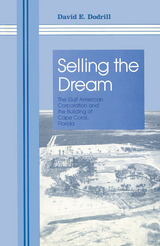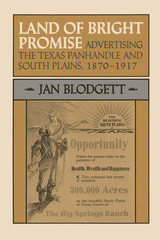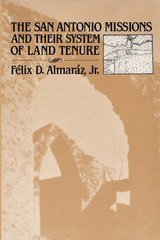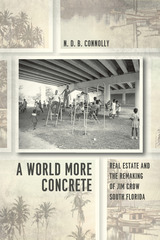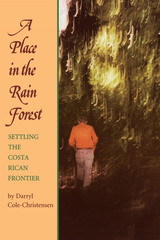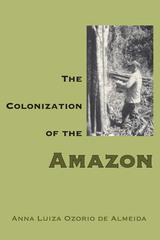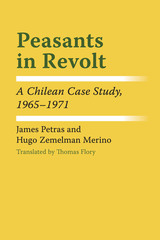Paper: 978-1-55963-482-3 | eISBN: 978-1-61091-085-9
Library of Congress Classification HD256.D36 1997
Dewey Decimal Classification 333.76170973
Farmers, who own or rent most of the private land in America, hold the key not only to the nation's food supply, but also to managing community growth, maintaining an attractive landscape, and protecting water and wildlife resources.
While the issue of protecting farmland and open space is not new, the intensity of the challenge has increased. Farmers are harder pressed to make a living, and rural and suburban communities are struggling to accommodate increasing populations and the development that comes with them. Holding Our Ground can help landowners and communities devise and implement effective strategies for protecting farmland. The book:
- discusses the reasons for protecting farmland and how to make those reasons widely known and understood
- describes the business of farming, federal government farm programs, and the role of land in farmers's decisions
- analyzes federal, state, and local farmland protection efforts and techniques
- explores a variety of land protection options including purchase of development rights; transfer of development rights; private land trusts; and financial, tax, and estate planning
- reviews the strengths and weaknesses of the farmland protection tools available
The authors describe the many challenges involved in protecting farmland and explain how to create a package of techniques that can meet those challenges. In addition, they offer appendixes with model zoning ordinances, nuisance disclaimers, conservation easements, and other documents that individuals and communities need to carry out the programs discussed.
Holding Our Ground provides citizens, elected officials, planners, and landowners with a solid basis for understanding the issues behind farmland protection, and will be an invaluable resource in developing techniques and programs for achieving long-term protection goals.
See other books on: Agribusiness | Agriculture and state | Land use, Rural | Regional planning | Sustainable Agriculture
See other titles from Island Press
